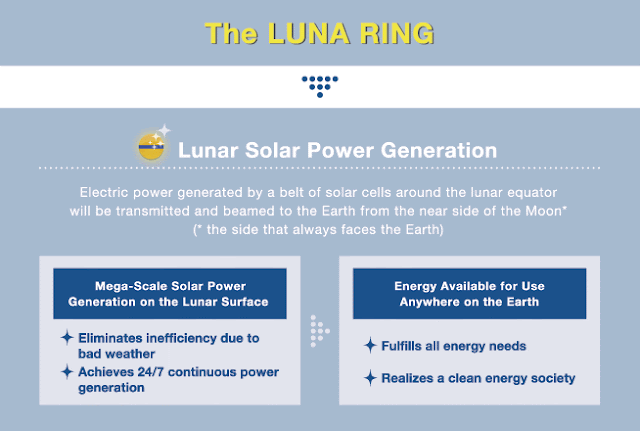Family | TOYOTA MOTOR CORPORATION GLOBAL WEBSITE
Partner Robot Family
Partner Robot, as its name suggests, is a robot that assists people with a combination of caring and intelligence.Playing Violin
The instrument is delicately played like a human with a highly advanced cooperative control of both hands and arms. This tool is aimed to provide support in medical, nursing and housework areas.
Collected from: Family | TOYOTA MOTOR CORPORATION GLOBAL WEBSITE
Collected from: YouTube - Robot Violinist
ZeroMojo » Tech News : Robot plays pool
Thomas Nierhoff, a masters student at Technische Universität München (TUM), relied on a human-sized mobile robot with dual 7-DOF arms to achieve this vision, and the arms are able to manipulate a pool cue just like how a human does – hopefully with better accuracy thanks to a camera that is located above the table to track the various positions of the balls, helping the robot plan its shots in the process.
Collected from: ZeroMojo » Tech News : Robot plays pool
Collected from: YouTube - Playing Pool with a Dual-Armed Robot
The PR2 Plays Pool | Willow Garage
With only a small team of developers and a week's worth of development, the PR2 can now play pool! [...] The Poolshark team dealt with numerous technical challenges throughout the week: engineering a special grip and bridge so the PR2 could hold the cue, a ball detector, table localization, visualizations and input tools, shot selector, and more.
Collected from: The PR2 Plays Pool | Willow Garage
Collected from: YouTube - PR2 Robot Plays Pool
DLR - Institute of Robotics and Mechatronics - Research
Mobile Humanoid "Rollin' Justin"The mobile robotic system Justin with its compliant controlled light weight arms and its two four finger hands is an ideal experimental platform for dual handed mobil manipulation. The newly developed mobile platform allows the long range autonomous operation of the system. The individually movable, spring born wheels match the special requirements of “Justin's” upper body during manipulation tasks. Various sensors allow the 3D reconstruction of the robot's environment and therefore enable Justin to perform given tasks autonomously.
Collected from: DLR - Institute of Robotics and Mechatronics - Research
ETH - IDSC - Flying Machine Arena
A state-of-the-art platform for motion control research.The Flying Machine Arena offers a safe, controlled sandbox environment allowing the testing and validation of mobile robots. Thanks to its large size, it allows the testing of fast-paced motions, be it on the ground or in the air. The Flying Machine Arena offers ideal conditions to test novel concepts thanks to a high-precision localization system, high-performance radio links, easy-to-use software structure, and safety nets enclosing the space (more information on the Flying Machine Arena infrastructure).
Collected from: ETH - IDSC - Flying Machine Arena
Collected from: YouTube - Quadrocopter Ball Juggling, ETH Zurich
Related















